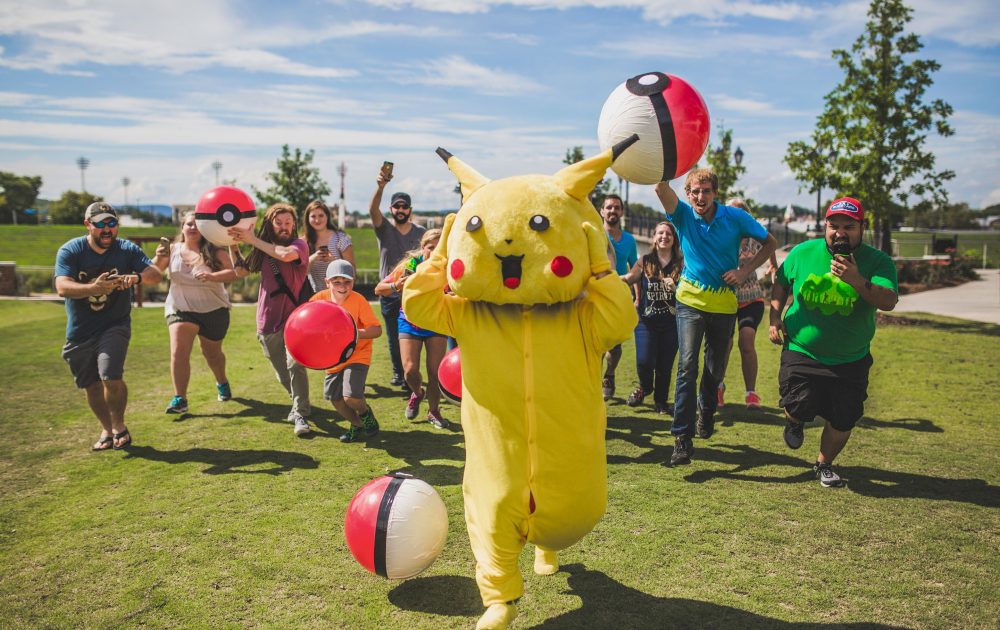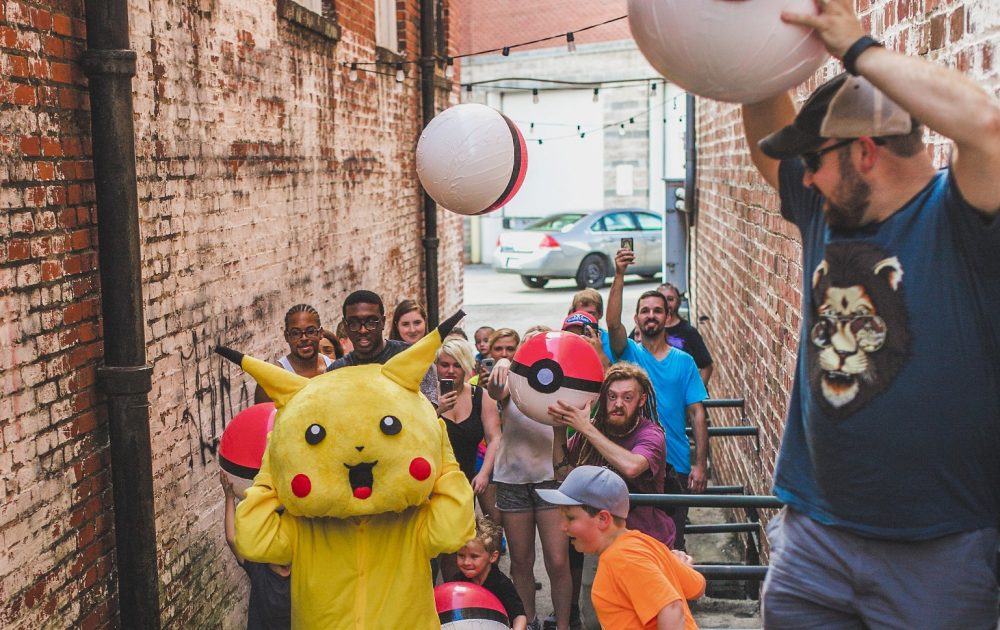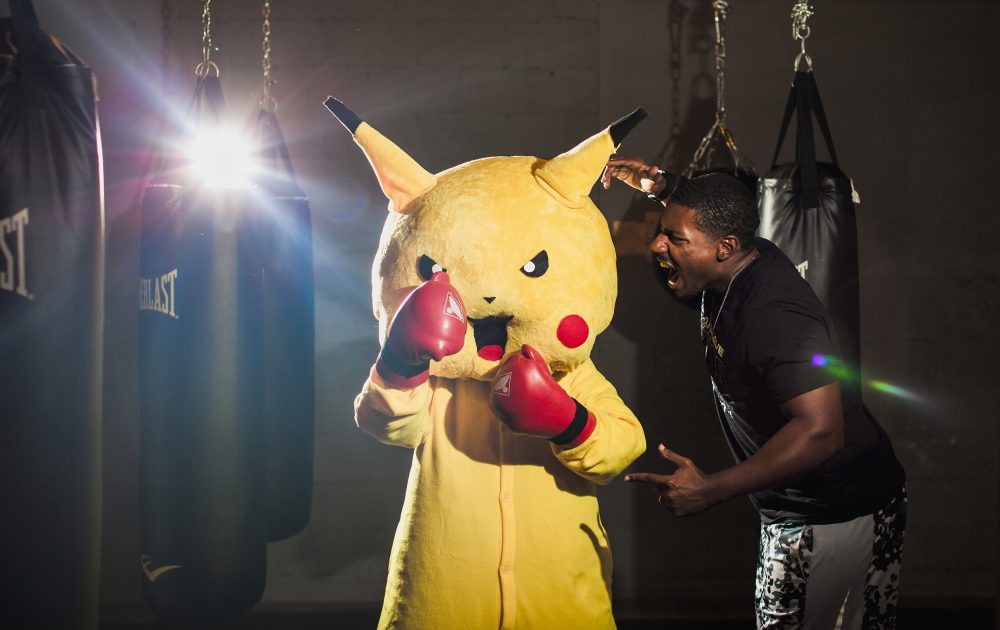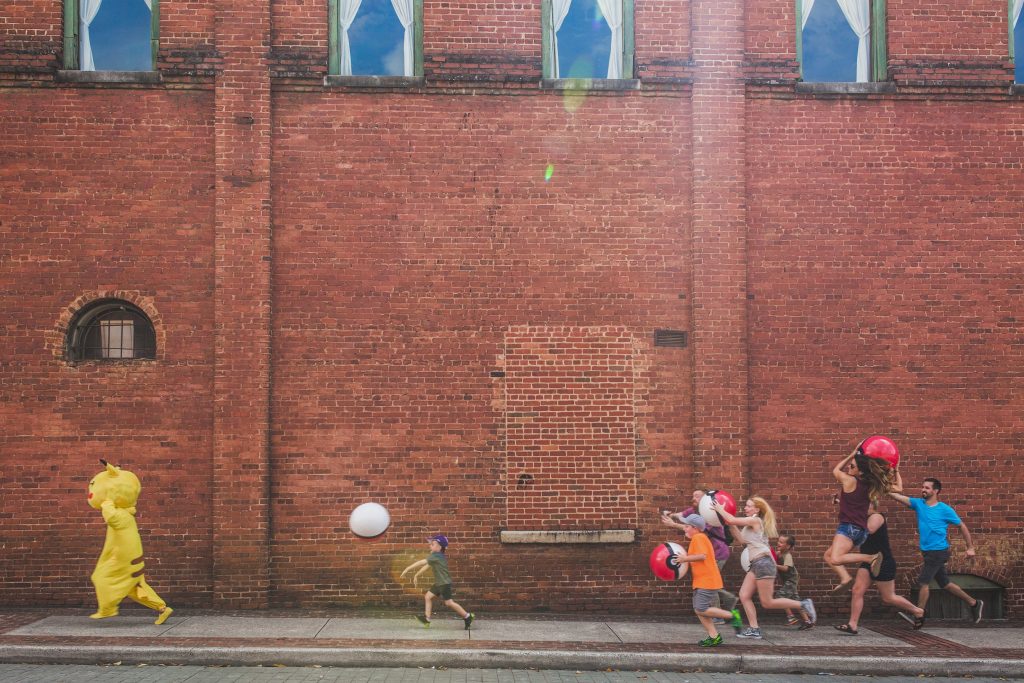
Over the last couple of months, there have been countless reports of strange sightings across the Greater Rome area. Large groups of people have been spotted walk-ing around with their faces down, phones in hand, completely absorbed in what is happening on the screens of their devices. These groups will often walk down Broad Street in one direction only to suddenly and simultaneously change course, heading to a different spot or storefront. To the outsider, this behavior may seem a random. To those in the know, it makes perfect sense.
The truth is, these groups of people can see things to which the rest of us are blind. They are privy to the location of hidden items and secret monsters via an app that has taken over the landscape. They are caught up in a phenomenon that is almost 20 years old – a craze that does not show signs of slowing down any time soon. They are all chasing the Pokémon Master.
The 90s saw a rise in the popularity of Japanese cartoons and comics. Shows like “Dragon Ball Z,” “Yu-Gi-Oh” and “Inuyasha” stole the hearts of children and livened their imaginations; however, one exploded in a way that none of the others did. “Pokémon” was a force to be reckoned with.
Based in a world full of magical creatures with special powers, “Pokémon” is about a young boy named Ashe Ketchum who dreams of being a master Pokémon trainer. The show follows him on his adventures as he catches, trains and battles his way through the Pokémon league.
The franchise would go onto produce its own trading card game, toys, and movies in addition to being picked up by one of the world’s most well-known video game companies, Nintendo. Nintendo produced over 40 Pokémon games across multiple generations of systems and, as of 2015, had grossed over $60 billion from video games alone.
So, it comes as no surprise that their newest game, “Pokémon Go,” has what seems like half the world glued to their phones. This time, Nintendo has modernized the gaming experience for fans using Augmented Reality (AR); instead of moving a character around a setting comprised of computer-generated surroundings, you become the character and the game lives in your world. AR is the first step towards virtual reality.
For example, when playing “Pokémon Go,” players can find Pokémon in places that are real landmarks. Broad Street is covered with them, which is why you see people with cell phones traveling in packs and pointing out the elusive creatures. “Pokémon Go” is revolutionary because it puts the user in the driver’s seat instead of a small, animated figure on the screen; this has completely changed the way people play and experience video games.
Those of us who grew up playing “Pokémon” have taken to the app with an all-new fervor for the popular franchise, engrossed by the idea of getting to become a Pokémon Master ourselves.
“As a kid, I always wanted to be Ash Ketchum,” said 18-year-old John Spranza. “My brother and I loved Pokémon. ‘Pokémon Go’ has made me feel like a kid all over again.”
Spranza and his younger brother, Nick, enjoy searching for Pokémon downtown and collecting items from “PokéStops,” which can be found at local businesses and landmarks. PokéStops are sort of like pit stops for players and are essential to the way the game works. You can stop at these designated areas to collect supplies that can be used in the game.
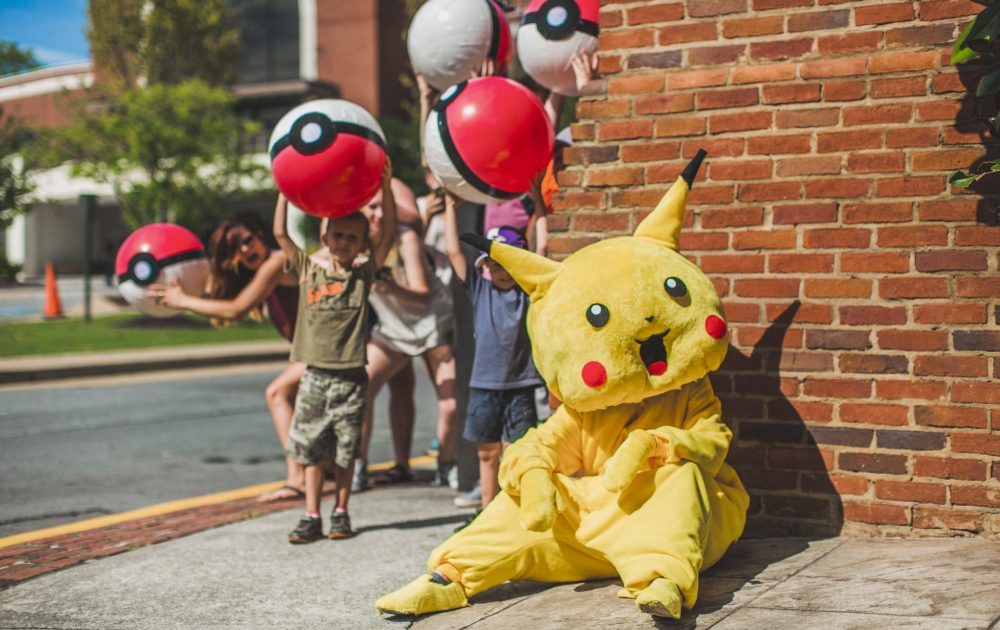
“My phone battery dies constantly, so sometimes we go to Swift & Finch to plug them in and recharge them,” says Spranza. “Luckily, Swift is a PokéStop.”
Through these designated PokéStops, the game is having a positive impact on the business community.
Andrew Lowry, a barista at Swift & Finch, has seen a clear uptick in business since the game first exploded onto the scene. “I noticed people playing almost immediately,” he says. “That is actually how I first heard about the game. I’ve seen upwards of 10 to 15 people in here playing at one time. It’s not just kids either; people of all ages have been playing at Swift.”
Lowry began playing because of the hype he saw building around the game, both on-line and in his social circles. “I never played growing up,” he says. “It was a bit after my time … I love that the game forces people to be communal and get out of their house. It helps you meet people and gets folks out of their normal surroundings. I saw almost 100 people playing in the middle of the night at Myrtle Hill. That’s insane!”
Nintendo designed the game to be social and – unlike most video games – “Pokémon Go” encourages physical activity. The game maps out your city using GPS and only allows you to gain experience and supplies if you visit the landmarks and destinations in person. Players are also rewarded for distance walked.
“Pokémon Go” is a big deal not just be-cause it has made Nintendo tons of money, but because it is giving us a hint as to where video games are headed in the future. For a long time, video games have been seen in a negative light because of the way they isolate people. Gamers are often portrayed as lazy or unmotivated. Thanks to “Pokémon Go,” that stigma is changing.
The game is having a positive impact in the lives of would-be Pokémon Masters as well as local businesses. And while not all of the news surrounding this new phenomenon has been positive, like the guy who crashed his car while playing, it seems the good outweighs the bad.
Players young and old are building relationships thanks to the invisible monsters hidden all around our town. It seems that “Pokémon Go” is really going places.

